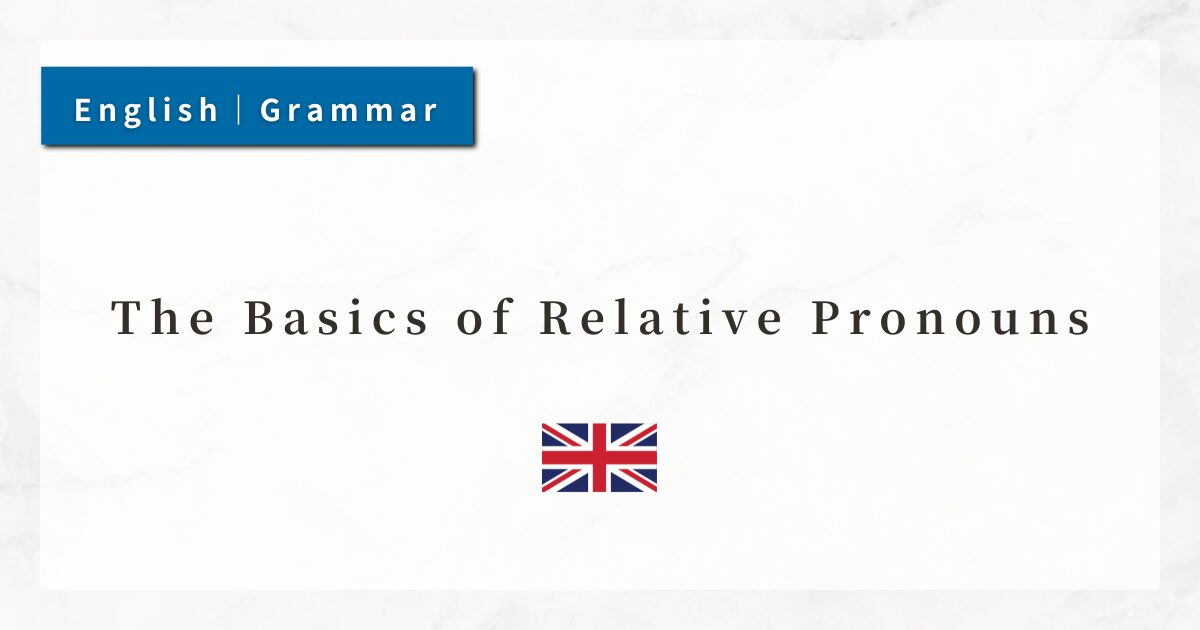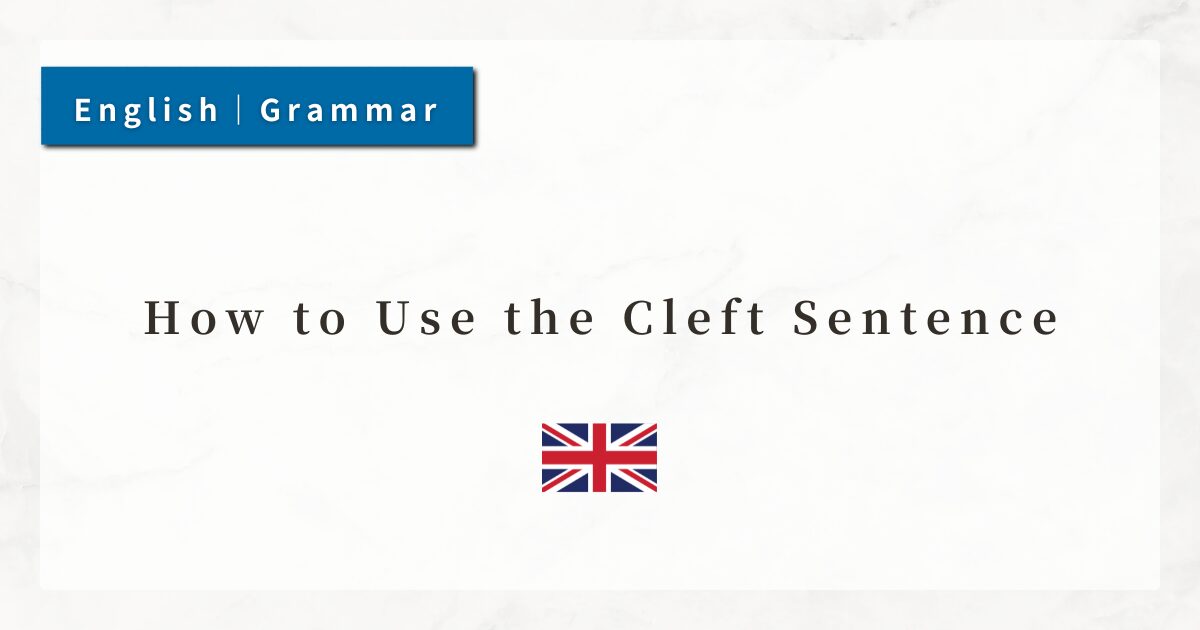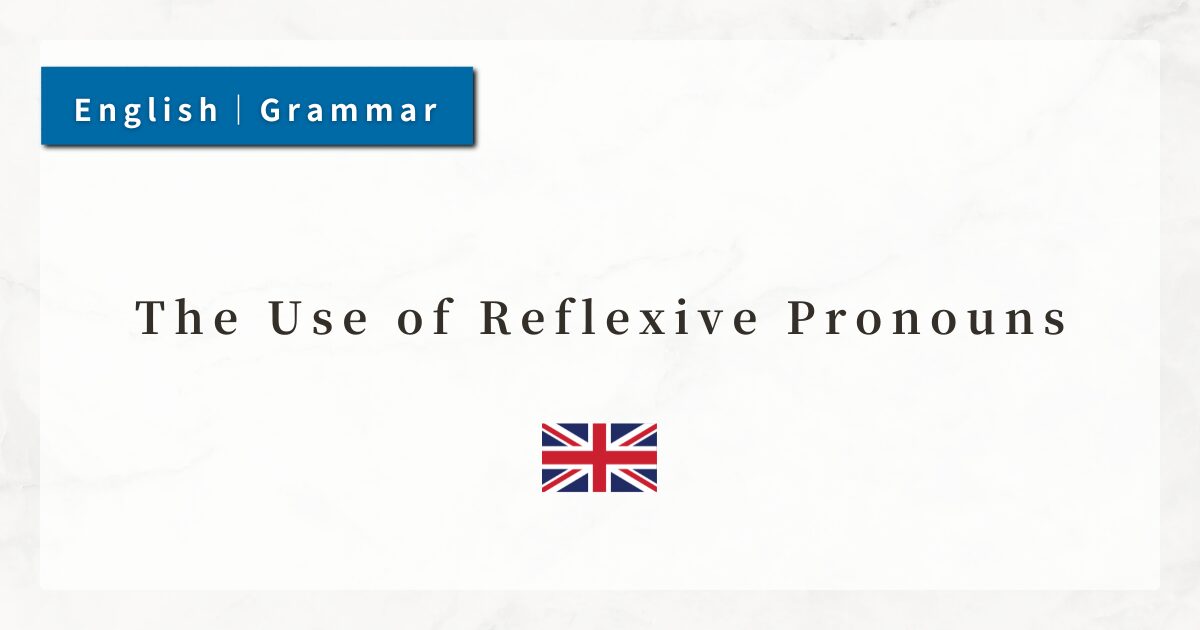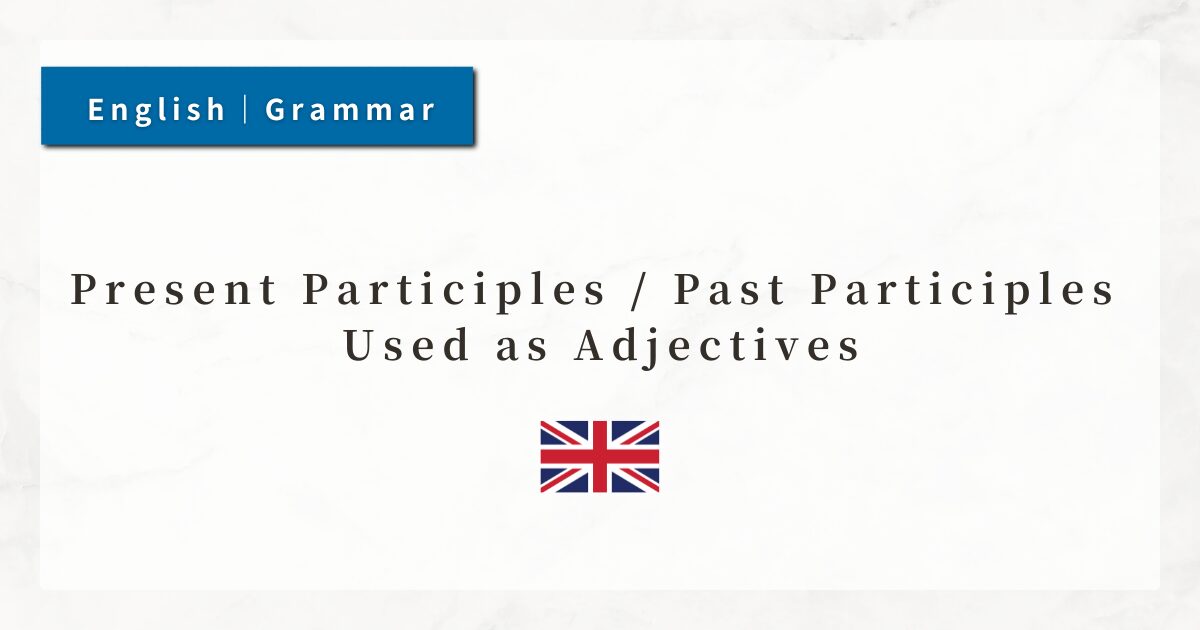#30 The Difference Between Gerunds and Infinitives|Usage Rules Explained
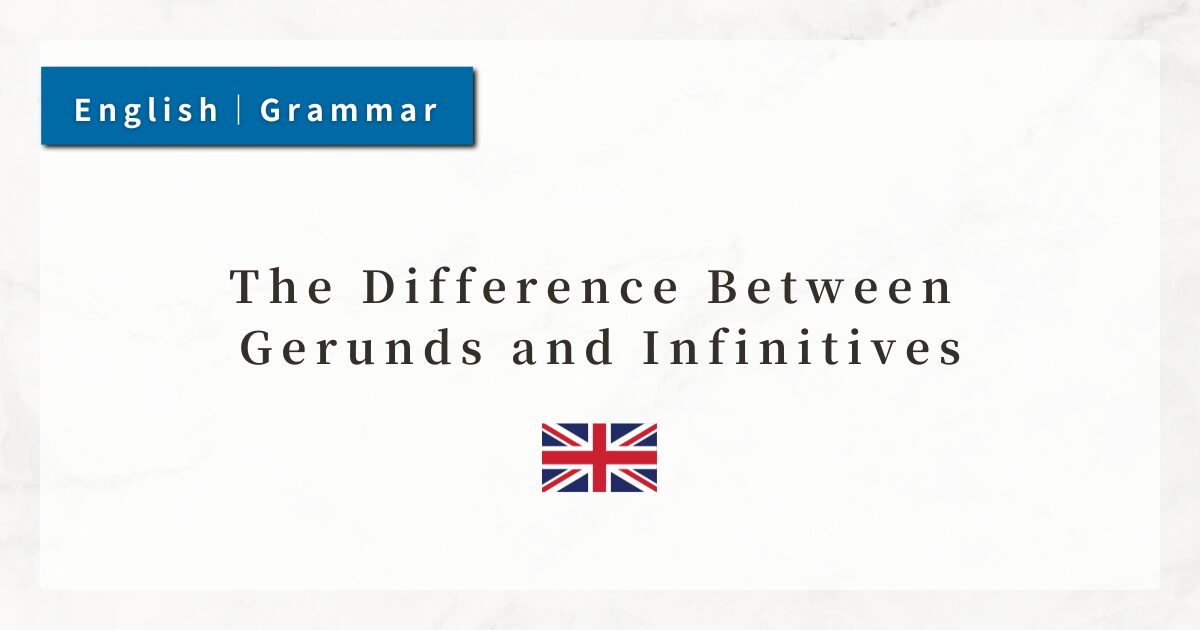
In English, it is common for one verb to be followed by another. In such cases, the following verb appears in one of two forms: the gerund (-ing form) or the to-infinitive (to + base verb).
In this lesson, I will explain the differences between gerunds and infinitives, focusing on their grammatical features, differences in meaning, and common usage patterns.
1. The Difference Between Gerunds and Infinitives
1-1. Gerunds: Actions Already Performed or General Actions
A gerund is the -ing form of a verb that functions as a noun in a sentence.
- Swimming is fun.
- I enjoy cooking.
Gerunds generally express “doing something” or “the act of doing,” and they are often used to describe past experiences or habitual actions.
1-2. To-Infinitives: Future Actions, Intention, or Purpose
A to-infinitive is formed with “to + base verb” and also functions as a noun.
- I want to swim.
- He decided to go abroad.
Although the meaning is also “to do something,” the to-infinitive typically carries a nuance of future action, intention, purpose, or desire.
2. Verbs Followed by Gerunds
Gerunds are often used after specific verbs, especially those related to feelings, habits, or experiences.
Common verbs followed by gerunds:
- enjoy
- finish
- avoid
- mind
- suggest
- practice
Think of gerunds as verbs turned into nouns representing actions.
For example, cooking means “the act of cooking,” and reading refers to “the act of reading” as a habit or hobby.
3. Verbs Followed by To-Infinitives
To-infinitives are commonly used after verbs that express future actions, intention, hope, or purpose.
Common verbs followed by to-infinitives:
- want
- decide
- hope
- plan
- learn
- promise
To-infinitives can be thought of as expressing a forward-looking arrow toward future goals or intentions.
4. Verbs That Can Take Both Forms, with Different Meanings
Some verbs can be followed by either a gerund or a to-infinitive, but the meaning changes depending on the form. Here are some common examples:
remember
- I remember meeting him last year.
→ past memory - Remember to call him.
→ future action
stop
- She stopped smoking.
→ cessation of an activity - She stopped to smoke.
→ purpose
forget
- I’ll never forget meeting you.
→ past experience - Don’t forget to call her.
→ future obligation
It is important to distinguish between these forms, as confusing them can completely change the meaning.
5. Summary
- A gerund (-ing) expresses actions already performed or general activities. It is commonly used after verbs such as enjoy, finish, suggest.
- A to-infinitive (to + verb) expresses future actions, intention, desire, or purpose. It is used after verbs such as want, decide, hope.
- Some verbs (e.g., stop, remember, try) can be followed by both forms, but the meaning differs depending on the choice.
- Both gerunds and infinitives function as nouns, but careful attention must be paid to meaning and verb compatibility.

